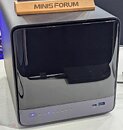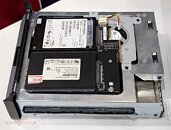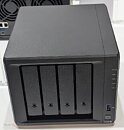Axiomtek Introduces KIWI330, an Ultra-Compact 1.6-inch AIoT Embedded Board
Axiomtek - a world-renowned leader relentlessly devoted to the research, development, and manufacture of innovative, highly efficient, and reliable industrial computer products - is pleased to introduce the KIWI330, an ultra-compact 1.6" embedded board built to accelerate AIoT development and streamline device integration. Powered by the Intel processor N50, the KIWI330 is equipped with 4 GB of onboard LPDDR5 memory and a 64 GB NVMe SSD, delivering energy-efficient performance in an ultra-small form factor - ideal for space-constrained applications. With its high integration, flexible expansion capabilities, and consistent industrial-grade quality, the KIWI330 is the perfect solution for developers building the next generation of compact AIoT systems.
"The KIWI330 is purpose-built for developers who require performance, modularity, and compactness in a single reliable embedded board," said Irene Su, Product Manager of the IDS Division at Axiomtek. "With powerful computing capabilities, USB Type-C expandability, and flexible MIO module support, the KIWI330 significantly shortens development cycles and time to market."
"The KIWI330 is purpose-built for developers who require performance, modularity, and compactness in a single reliable embedded board," said Irene Su, Product Manager of the IDS Division at Axiomtek. "With powerful computing capabilities, USB Type-C expandability, and flexible MIO module support, the KIWI330 significantly shortens development cycles and time to market."




























































































